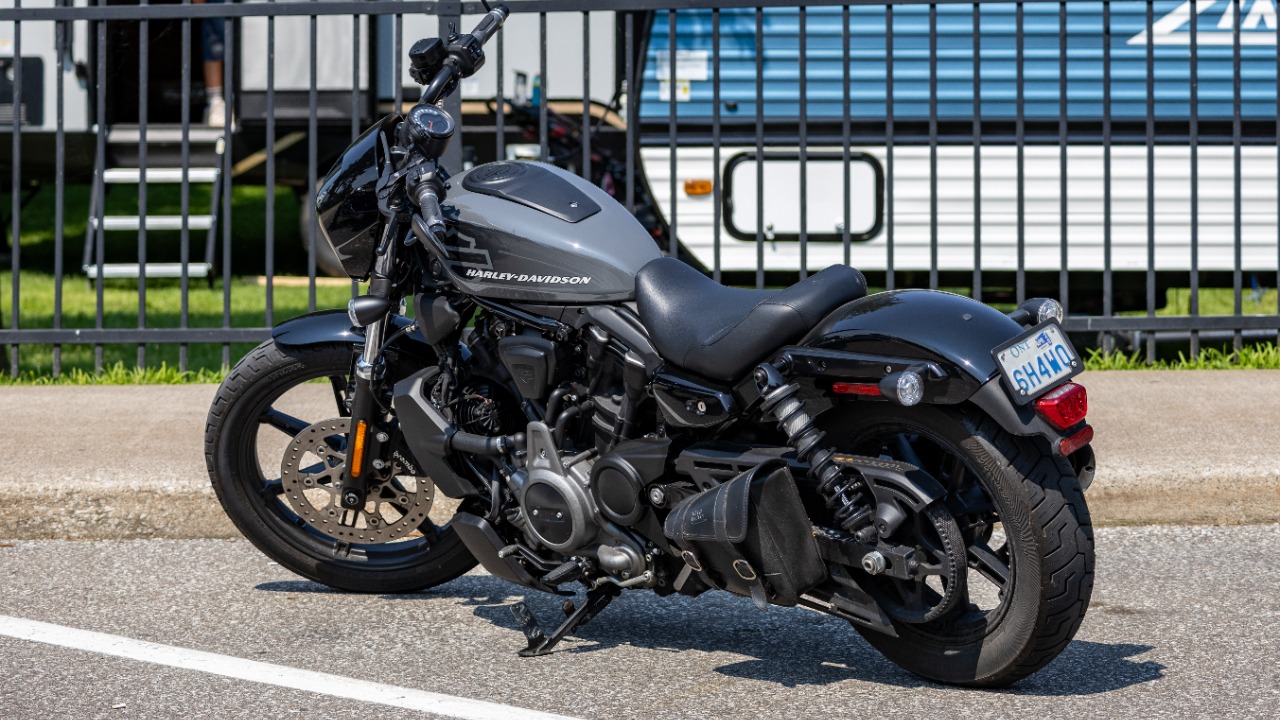
Harley-Davidson motorcycles, renowned for their robustness, can potentially last for decades or hundreds of thousands of miles with regular maintenance, according to long-time owners. However, a recent lawsuit alleges that the company’s warranty policies may be predatory, voiding coverage for the use of non-official parts and raising antitrust concerns among owners seeking long-term reliability.
The Lifespan Potential of Harley-Davidson Motorcycles
Harley-Davidson motorcycles are known for their durability, with many well-maintained models exceeding 100,000 miles without major overhauls. This is a testament to the quality of these machines and the dedication of their owners. Models like the Sportster or Softail series are particularly known for their longevity, with some reaching up to 200,000 miles or more when ridden regularly but not abused, as per owner forums and articles.
One specific owner anecdote tells the story of a 1980s Harley reaching an impressive 300,000 miles through diligent care. This is not an isolated case, as many owners have shared similar experiences, demonstrating the potential lifespan of these iconic motorcycles when properly maintained.
Key Maintenance Practices for Extended Durability
Regular maintenance is crucial to extending the lifespan of a Harley-Davidson. This includes routine oil changes every 5,000 miles and the use of high-quality synthetic oils to prevent engine wear. Tire rotations and brake inspections should be carried out at least twice yearly to ensure safe handling and prolong component life. Additionally, chain or belt lubrication schedules should be adhered to, with monthly checks recommended for high-mileage riders to avoid premature failures.
Common Wear Points and Prevention Strategies
Despite their durability, Harley-Davidson motorcycles do have some common wear points. Electrical system vulnerabilities, such as battery corrosion in older models, can be addressed with annual cleaning and upgrades to lithium batteries. Suspension and frame stress from heavy loads can be mitigated by adhering to weight limits and scheduling professional alignments every 20,000 miles. Clutch and transmission issues in high-performance variants can be prevented by performing fluid flushes every 10,000 miles to maintain smooth operation.
Owner Perspectives on Real-World Longevity
Many Harley owners report their motorcycles lasting 20+ years with minimal downtime. They attribute this longevity to factors such as garage storage and seasonal use. Interestingly, owners have noted that highway miles contribute more to longevity than urban riding due to consistent speeds. One cross-country touring owner even reported achieving 150,000 miles on a single engine, demonstrating the real-world durability of these machines.
Warranty Implications for Long-Term Harley Ownership
While Harley-Davidson motorcycles are built to last, warranty policies can impact long-term ownership. A recent lawsuit alleges that Harley-Davidson’s policies can void warranties for aftermarket parts. The lawsuit also raises antitrust claims, with owners arguing that these policies limit competition and increase repair costs beyond the standard 2-year warranty period. Owners are therefore advised to balance the use of OEM parts for warranty compliance while planning for post-warranty maintenance to achieve maximum lifespan.
Tips from Veteran Owners for Maximizing Harley Lifespan
Veteran Harley owners recommend joining owner groups for shared knowledge on model-specific tweaks, such as air filter upgrades for better engine efficiency. They also stress the importance of professional dealer services during the first 50,000 miles to establish a maintenance baseline. For those living in humid climates, monitoring for rust through underbody washes can help Harleys endure environmental challenges over decades, further extending their lifespan.
More from MorningOverview